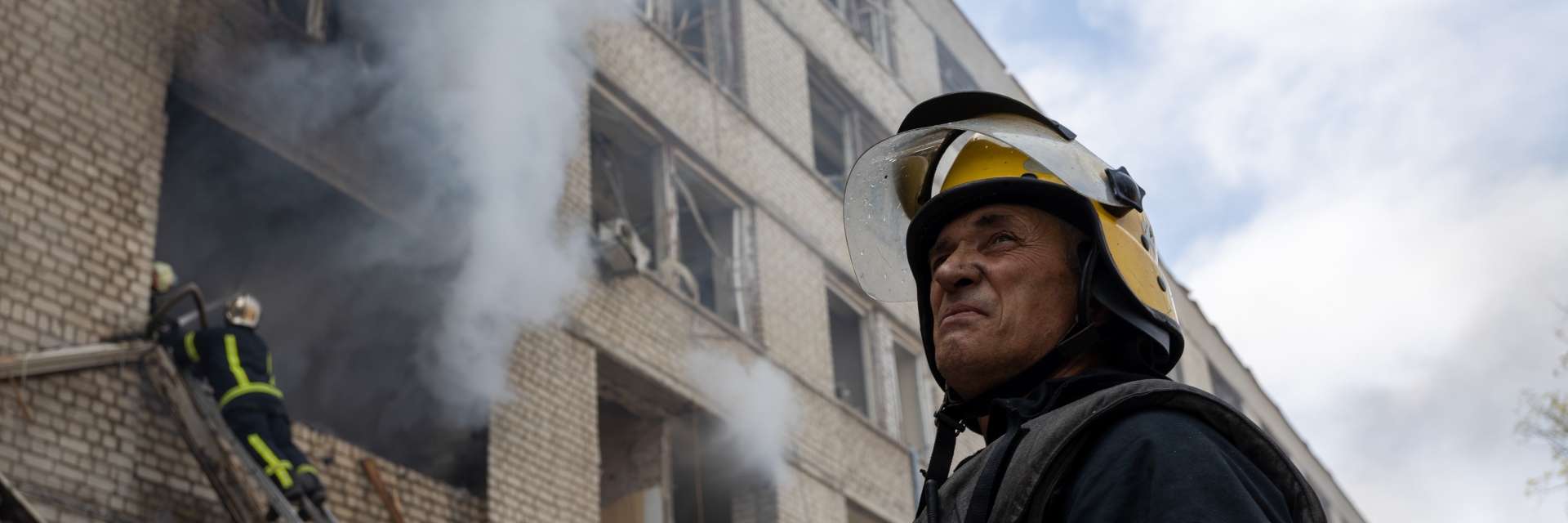Do you remember the fire incident on the second Gyeongin Expressway in Gwacheon, South Korea, in 2022? During that incident, flames from a truck quickly spread to a "soundproof tunnel" made of plastic, resulting in a significant fire outbreak. This accident tragically led to the death of five individuals and injured 37 others. Eyewitness accounts indicated that the fire suddenly erupted from the truck and rapidly engulfed the entire tunnel. This analysis supported the idea that the flammable acoustic wall materials played a role in exacerbating the damage. The soundproof tunnel involved in the fire was constructed using PMMA (Polymethyl methacrylate), which, when exposed to fire, produced a significant amount of material that fell to the ground and combusted rapidly.
Plastic is known for its fast ignition and combustion rates, and it generates toxic gases in large quantities during the combustion process.In South Korea, 60% of major fires involve plastic foam insulation and metal insulation panels. Plastic insulation materials installed on building walls or roofs are a significant factor that increases fire risks. As a result, the risk management center in South Korea strongly recommends the use of non-combustible materials instead of plastic materials. If it is necessary to use heat-cured plastic, it is recommended to verify if it has been certified by a recognized authority.
The fire residues left at the scene of a fire include combustibles, debris, ash, soot, extinguishing agents, and smoke. Plastic, in particular, forms a gas layer and serves as the primary source of smoke, generating a significant amount of harmful substances. Cables and floor insulation made of PVC emit corrosive hydrochloric acid, while polyurethane foam emits toxic cyanide compounds. These hazardous substances spread beyond the fire scene to cause secondary damage. These hazardous substances can spread beyond the fire scene to surfaces of buildings, furniture, and other objects, causing secondary damage.
In addition to producing smoke, plastic causes significant damage in the form of soot during thermal decomposition. The reaction byproducts created during the thermal breakdown of plastic spread through the plastic gas layer. Since they spread through the gas layer into the air, they can rapidly extend into invisible spaces, making them difficult to remove even after a month. BELFOR Korea has accumulated expertise and technology in removing such types of fire residues based on experience with numerous fire scenes. They use chloride measurement tools to accurately diagnose and thoroughly remove toxic gases, even those that are not visible. BELFOR Korea restores a safe daily life to be as similar as possible to the state before the accident.


